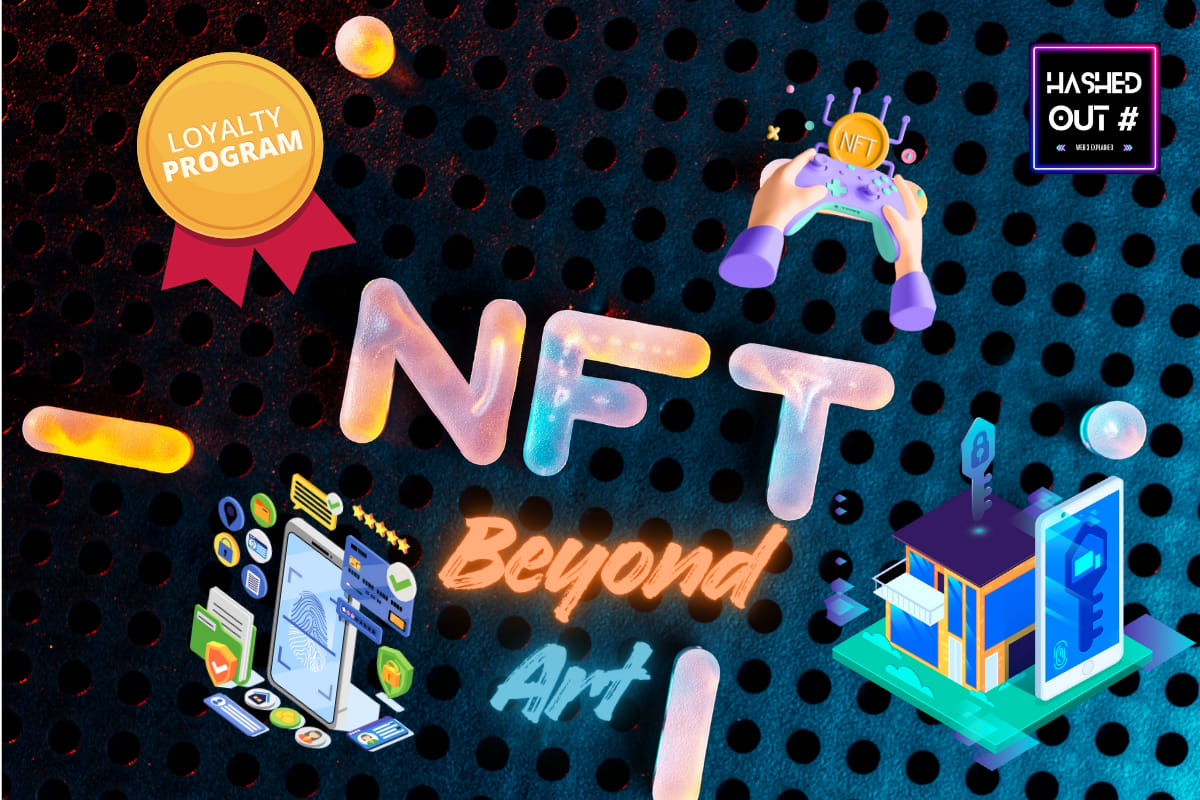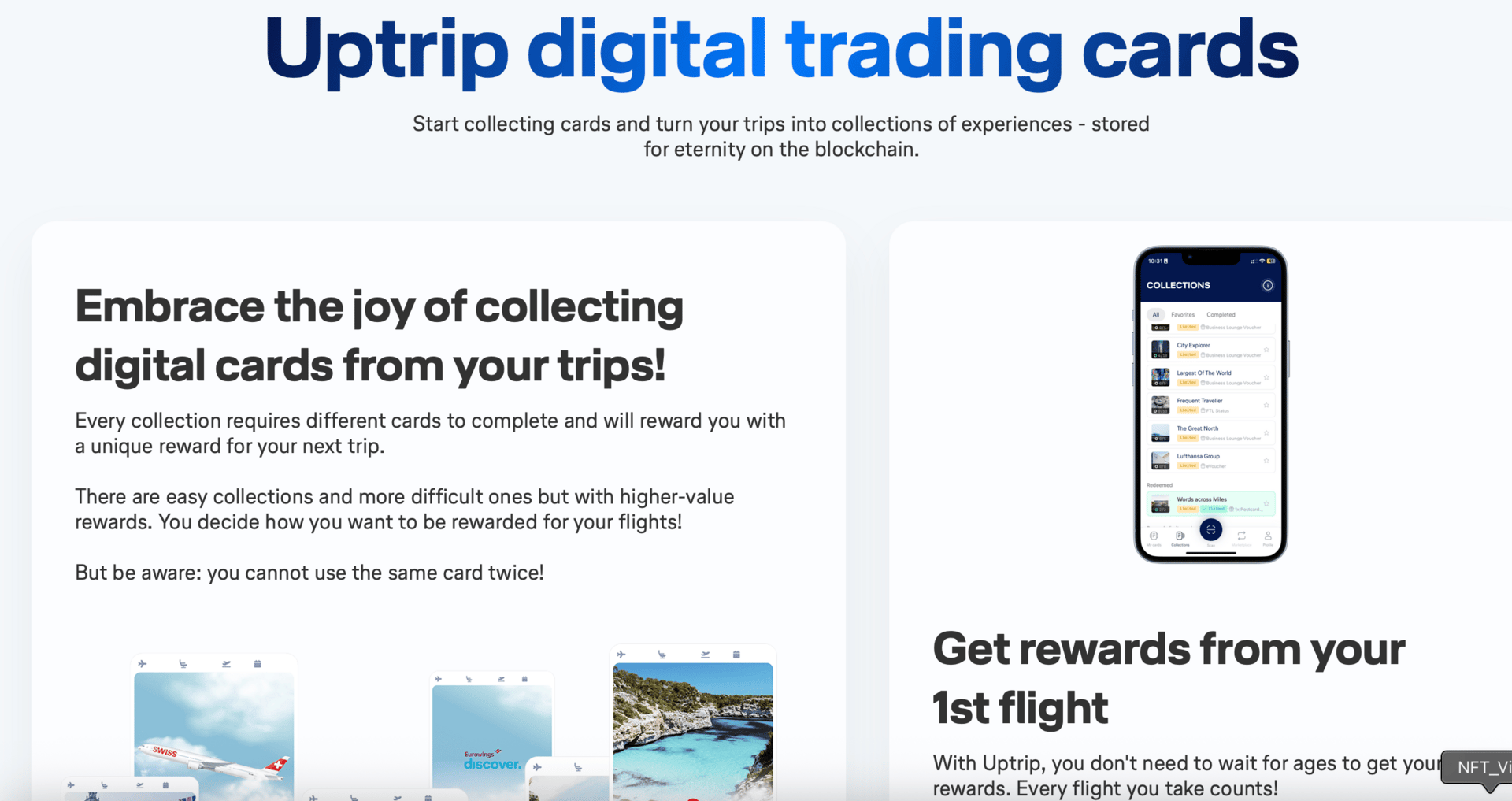- Hashed Out
- Posts
- The Next Chapter of NFTs: From Digital Collectibles to Everyday Infrastructure
The Next Chapter of NFTs: From Digital Collectibles to Everyday Infrastructure
How a much-mocked tech fad is quietly becoming the digital backbone of ownership, loyalty, and identity.

Beyond the Hype
Remember when NFTs were everywhere?
Celebrities were minting cartoon apes, headlines screamed about million-dollar JPEGs, and everyone from your barber to your banker had an opinion. Then came the crash. Prices plunged, projects vanished, and NFT became shorthand for “speculative nonsense.”
But behind that hype cycle, the core technology never went away. What we called an “NFT” was never really about art — it was about proof. Proof that you own something digital, that it’s authentic, that it’s verifiable on a blockchain. In 2025, that same infrastructure is evolving into something much bigger: a new layer of digital ownership that touches real estate, retail loyalty programs, gaming, and even your digital identity.
Want the NFT basics? Check out our original NFT 101 issue.
The Hype Hangover
Like every tech bubble, the NFT boom of 2021 was built on speculation. People weren’t buying utility — they were buying hope. When that hope collapsed, critics declared NFTs dead. Yet, the underlying idea—unique digital tokens that can prove authenticity—survived intact.
If the early NFT era was the dot-com equivalent of Pets.com, today’s era is more like Amazon quietly refining e-commerce logistics in 1999. The speculation is gone; the infrastructure remains. Developers and major companies are now building applications that treat NFTs not as collectibles but as digital “containers” of verifiable data, rights, or access.
That’s the real story: NFTs have matured from a cultural phenomenon into a functional tool.
The Utility Shift
The new wave of NFTs looks nothing like the old one.
Instead of cartoon images, they represent access, membership, ownership, and verification.
Three trends define this evolution:
Utility-First Design: NFTs are built to do something — unlock benefits, provide access, verify ownership — rather than simply exist as art.
Integration: They now plug directly into traditional systems like CRM databases, loyalty apps, and event platforms.
Interoperability: Ownership can move across platforms. A token you hold in one app can unlock benefits in another, forming a bridge between brands, communities, and experiences.
This shift moves NFTs out of the speculative world and into the operational one. Let’s look at what that means in practice.
Real-World Applications
1. Real Estate & Physical Assets
In 2022, a Florida home sold as an NFT through the company Propy, streamlining the sale and recording the title directly on-chain. Others, like Roofstock OnChain, are tokenizing real estate ownership, turning what used to be months of paperwork into a single digital transaction.
Tokenization brings liquidity and transparency to markets that were once slow and expensive. A property title, a car’s ownership record, or even a luxury watch certificate can all exist as an NFT—secure, traceable, and transferable globally.
2. Loyalty & Membership
This is where NFTs are truly taking off.
Brands like Lufthansa and Nike have turned NFTs into loyalty passports rather than collectibles.
Lufthansa Uptrip rewards travelers with NFT-based “trading cards” for routes and destinations which can be combined into “collections” that unlock real-world perks (lounge access, upgrades, free wi-fi)
Nike .SWOOSH lets members co-create and own digital sneaker designs, some of which can unlock physical product drops.
These programs aren’t about speculation—they’re about participation. The NFT acts as a portable membership card with embedded benefits, proof of purchase, and even resale royalties.
3. Gaming & Virtual Assets
Gamers have long understood the value of owning digital items. The difference now is that ownership can extend beyond a single game.
Projects built on Immutable X, Polygon, and other gaming-friendly chains are letting players trade in-game assets freely, or carry reputation and achievements across ecosystems. The early failures of “play-to-earn” games like Axie Infinitytaught developers valuable lessons about sustainable token economies. The next generation of games is quietly building models where NFTs enable fairness and flexibility, not financial hype.
4. Identity, Access, and Credentials
NFTs are also becoming digital keys.
Universities are issuing diplomas as NFTs, companies are using NFT passes for employee credentials, and event organizers are replacing paper tickets with on-chain passes that can’t be counterfeited.
Some are experimenting with “soulbound tokens” — NFTs that can’t be transferred or sold, but permanently record achievements, certifications, or affiliations. The same cryptography that secured speculative art is now securing professional credibility.
NFTs for Business
For businesses, NFTs represent a new layer of customer relationship management. They enable verifiable loyalty, real-time engagement tracking, and digital assets that can live beyond the brand’s own platform.
For brands: NFTs create persistent, portable relationships with customers. They can also deliver ongoing royalties or resale fees.
For consumers: NFTs offer transparency and control. A sneaker NFT might unlock exclusive events, discounts, or early access—benefits you own, not just borrow.
For developers: NFTs provide a modular component that integrates identity, access, and ownership into one simple object.
In other words, NFTs turn engagement into a form of equity—an owned relationship rather than a rented audience.
The Next Frontier: NFTs as Infrastructure
The real potential of NFTs lies in becoming invisible.
When they fade into the background—baked into property records, loyalty apps, healthcare data, or identity verification—they’ll become the quiet connective tissue of the digital economy.
Imagine a world where your driver’s license, college degree, and airline loyalty card all live in a secure wallet you fully control. Or where a musician automatically receives royalties when their song is used by an AI model, tracked by an NFT license.
Governments, universities, and corporations are already experimenting with NFT-based systems for recordkeeping and access control. Within a few years, the word “NFT” might disappear altogether—because the concept of digital ownership will be so normal that we’ll simply take it for granted.
Final Thoughts: The Quiet Maturation
The NFT gold rush is over. The infrastructure phase has begun.
While the headlines moved on, developers and forward-thinking brands have been turning NFTs into the digital DNA of ownership, access, and engagement.
This isn’t about flipping JPEGs anymore—it’s about a foundational technology for a more transparent and participatory web. The same tool that once sold cartoon monkeys could soon secure your house title, your concert ticket, your loyalty perks, and your professional credentials.
NFTs didn’t die. They just grew up.
Stay ahead of the curve with the latest in Web3 culture and innovation. Subscribe to Hashed Out for exclusive insights, case studies, and deep dives into the decentralized future.
Other Articles In This Issue:


